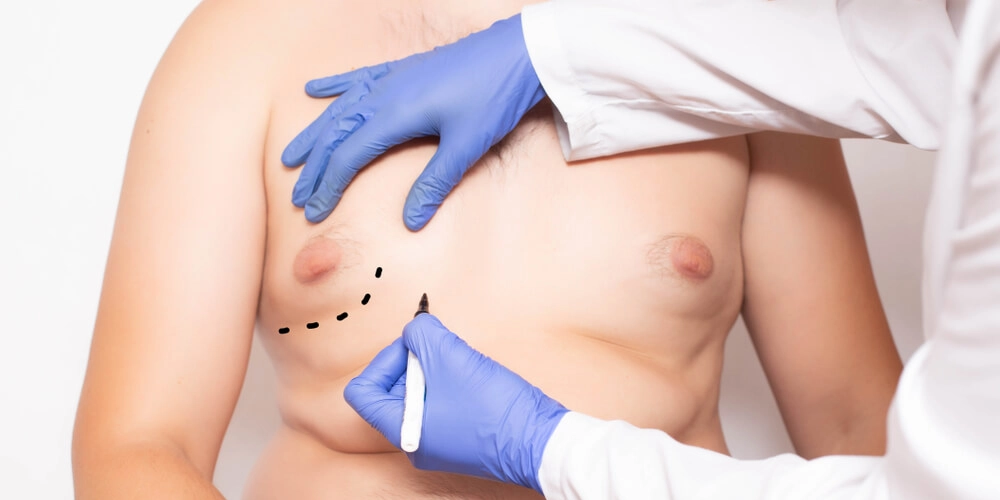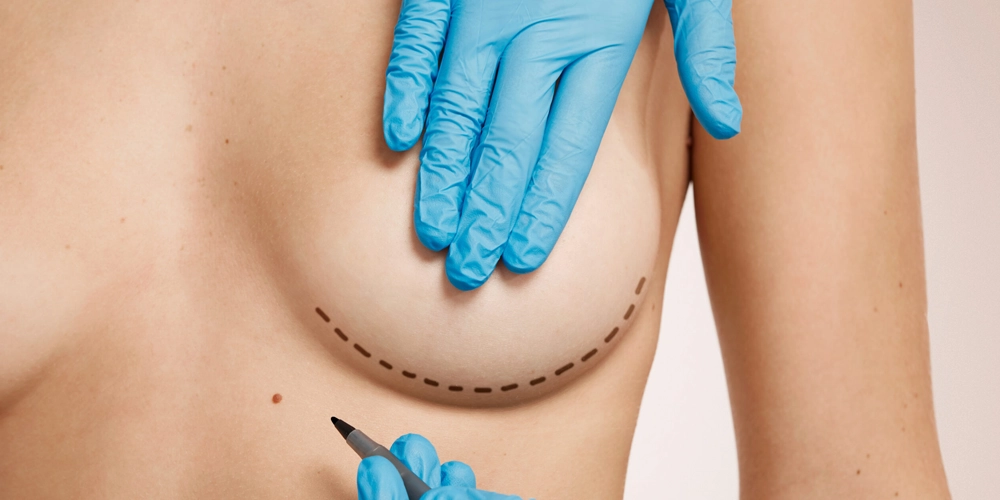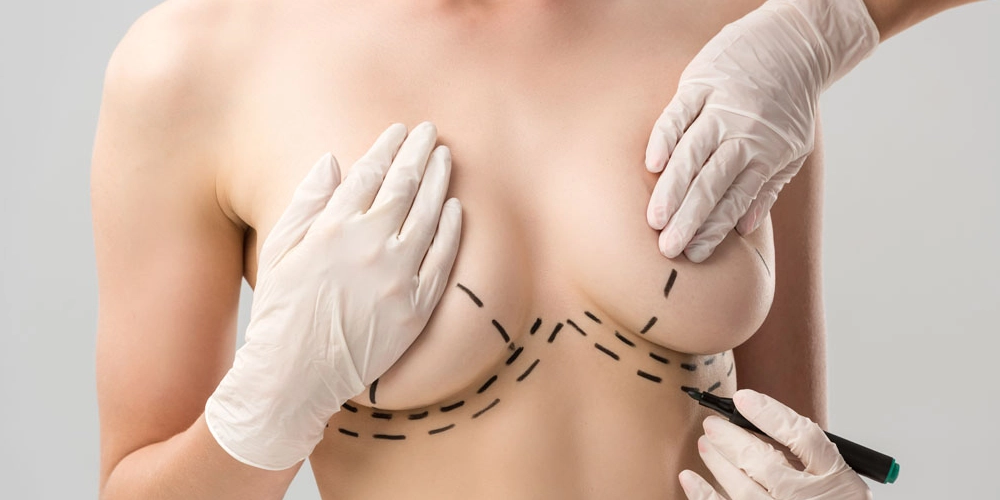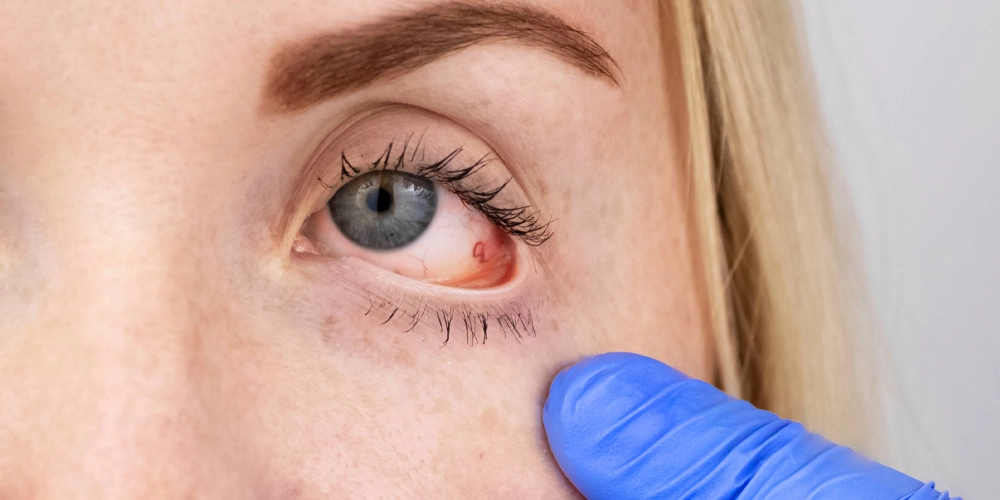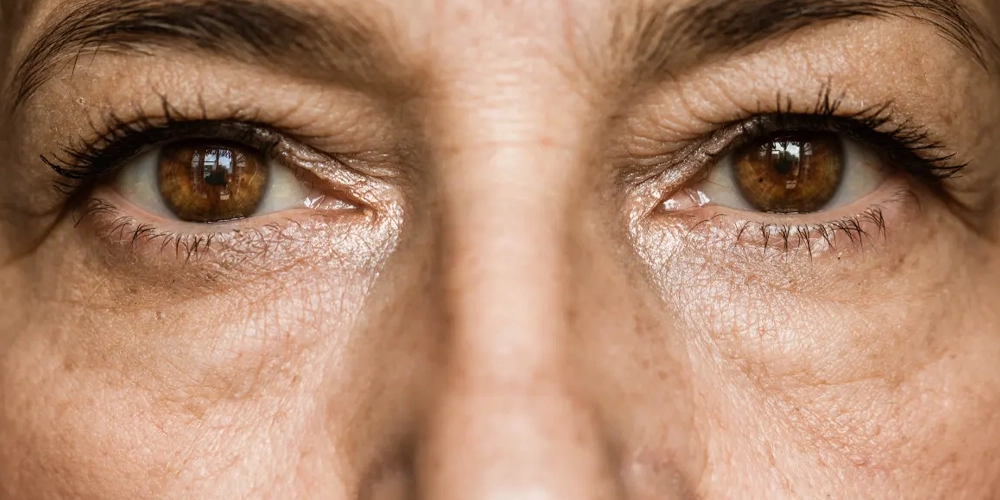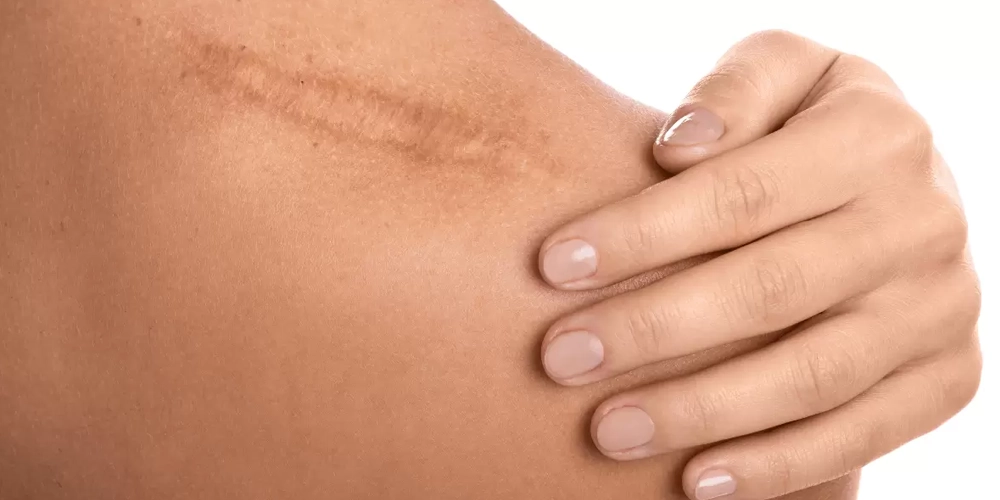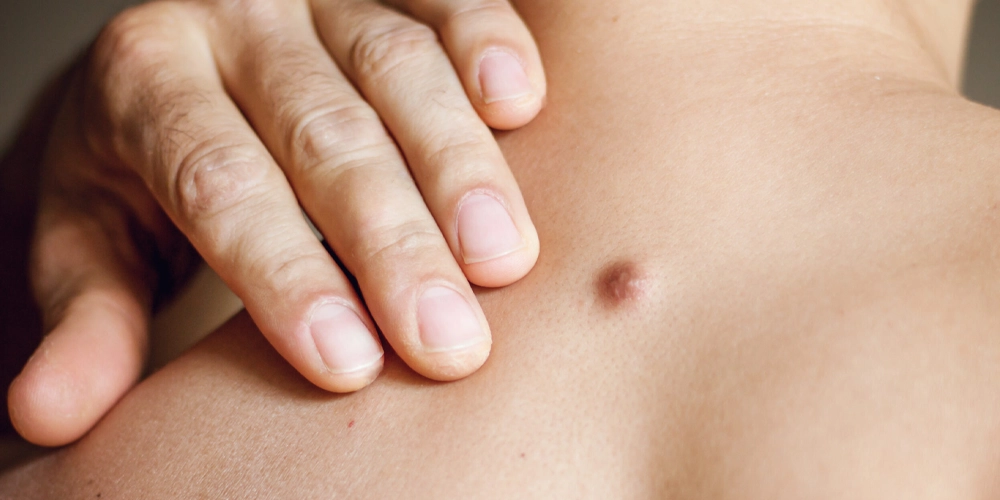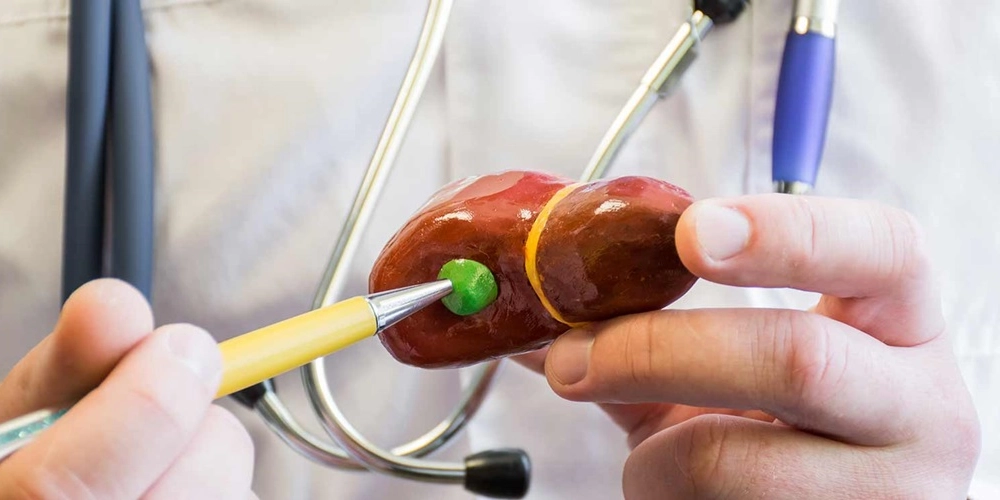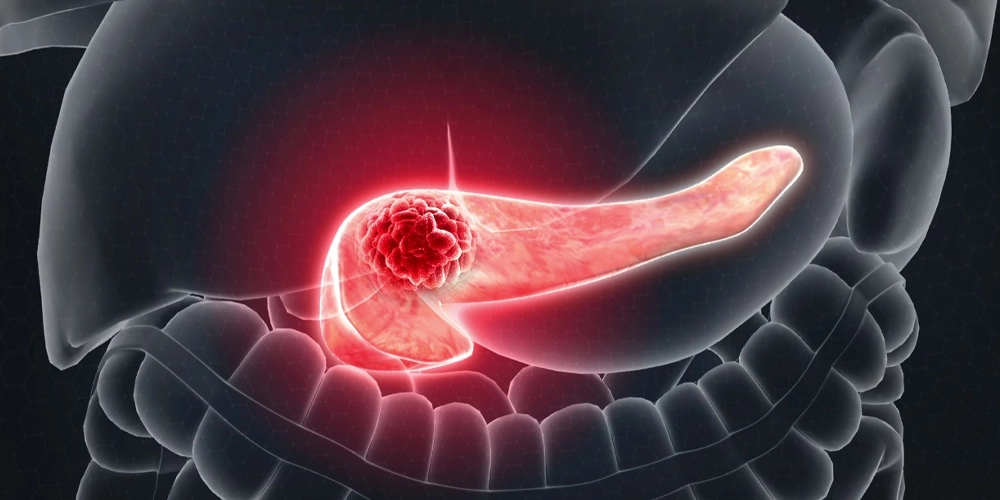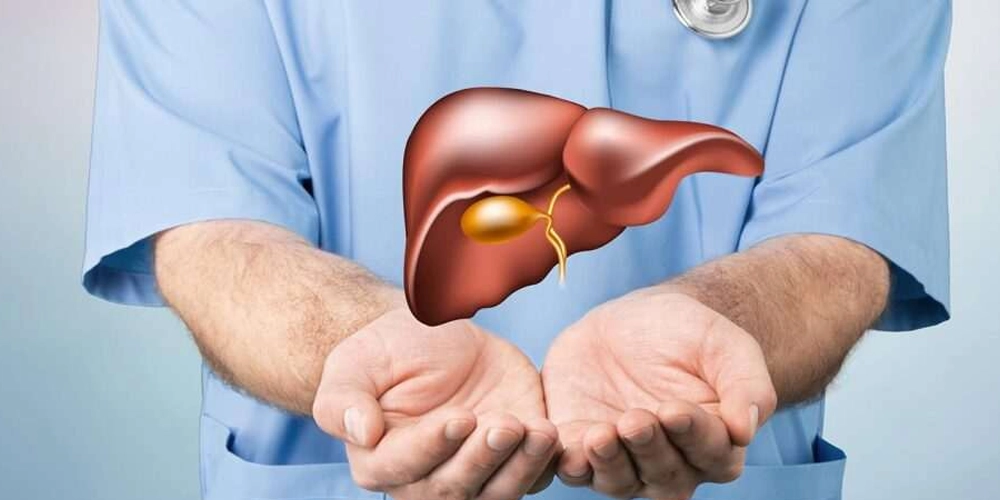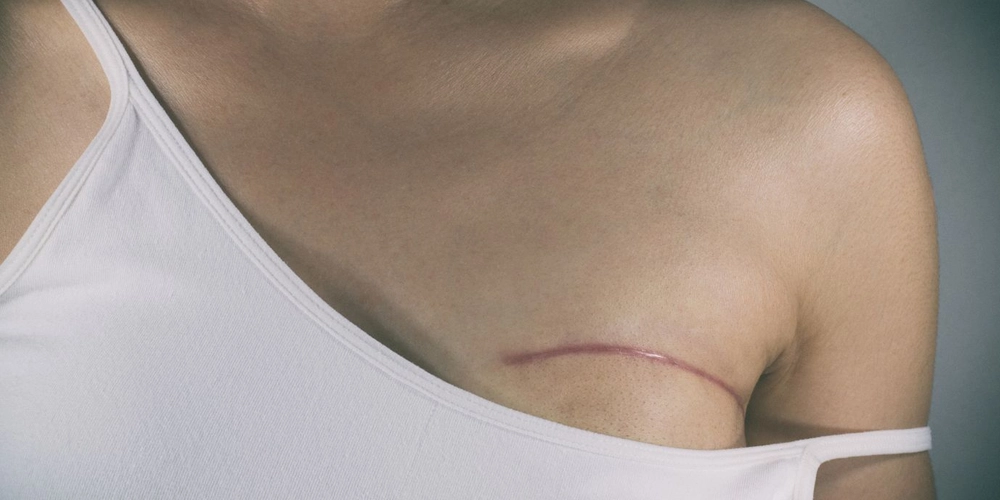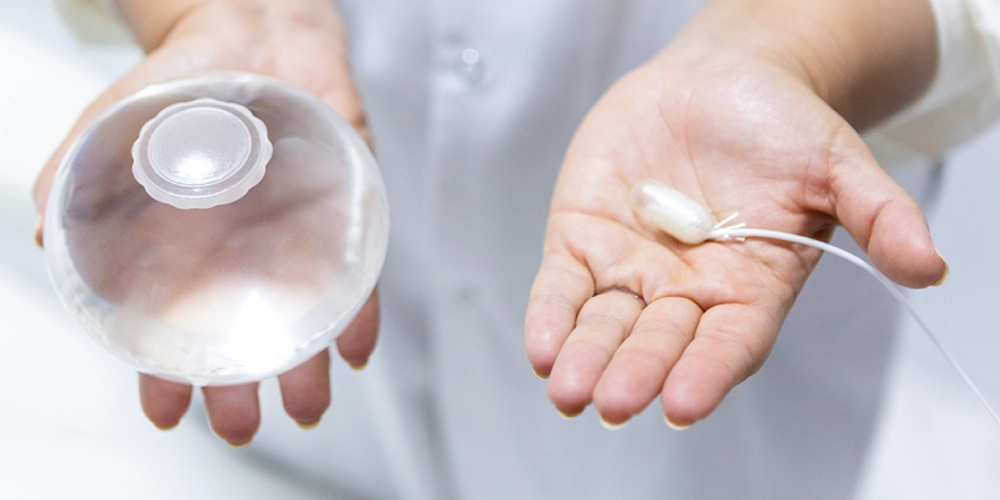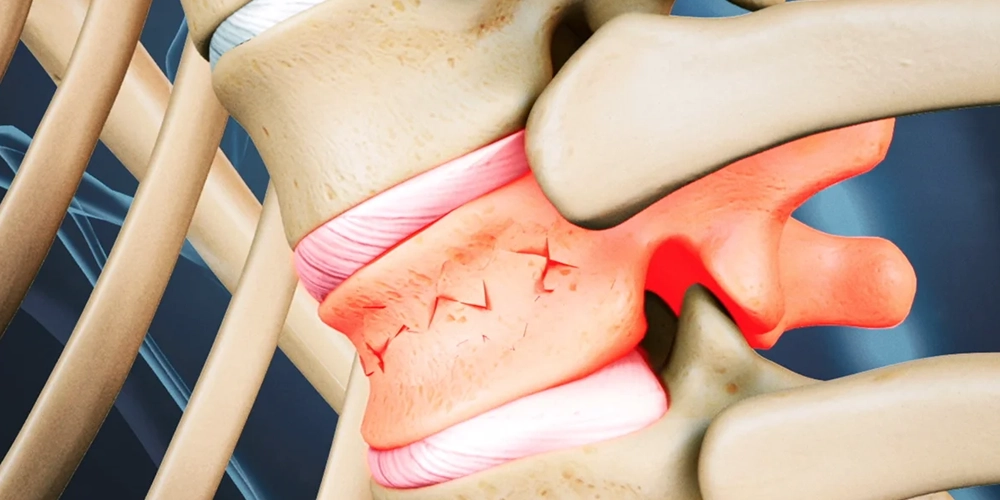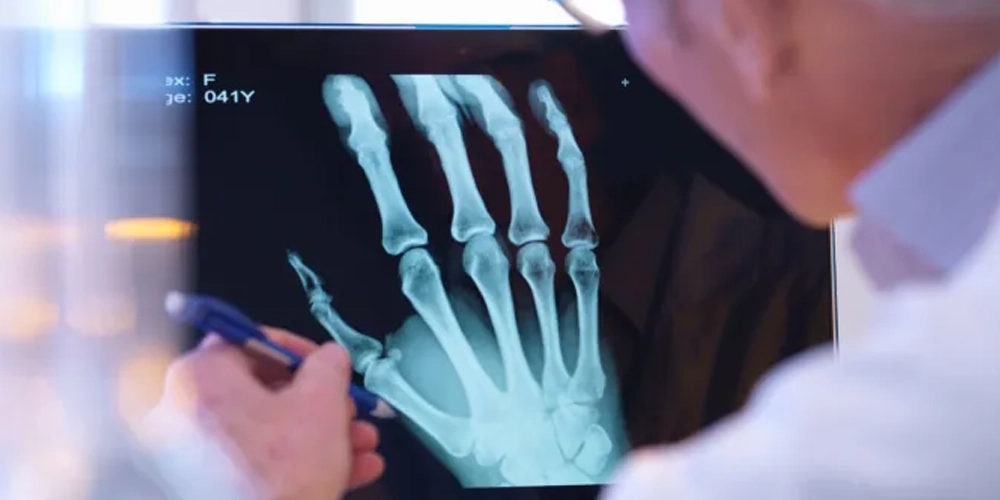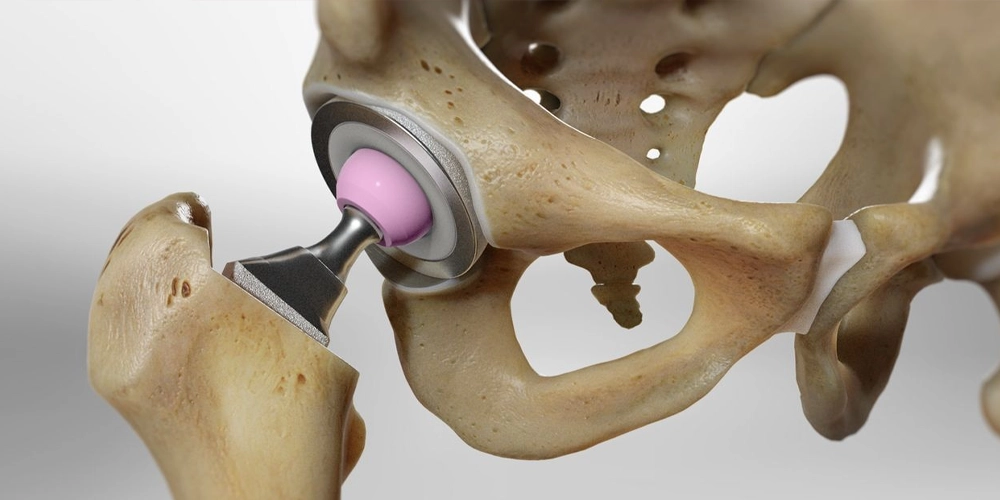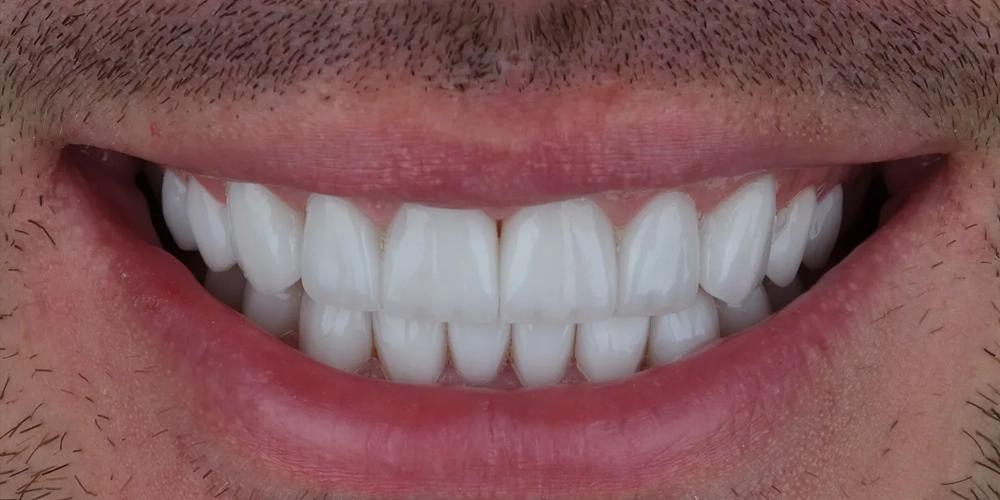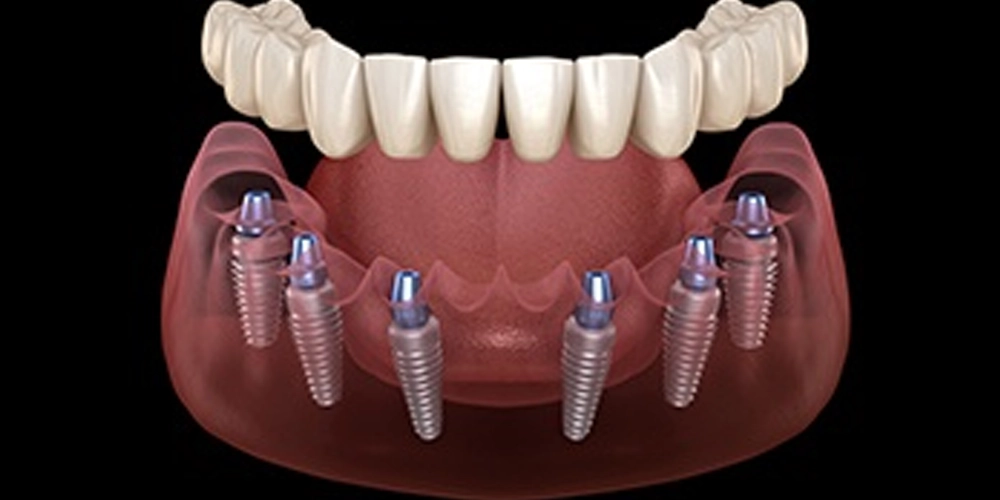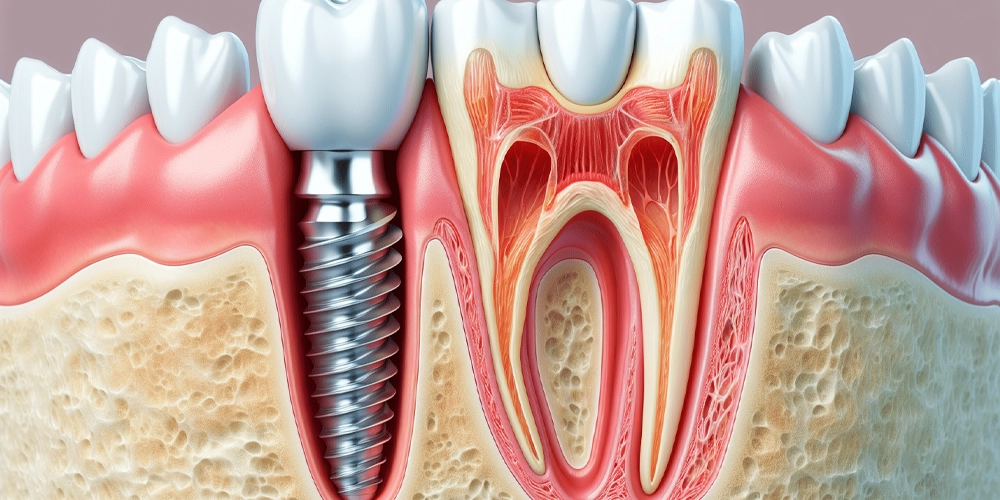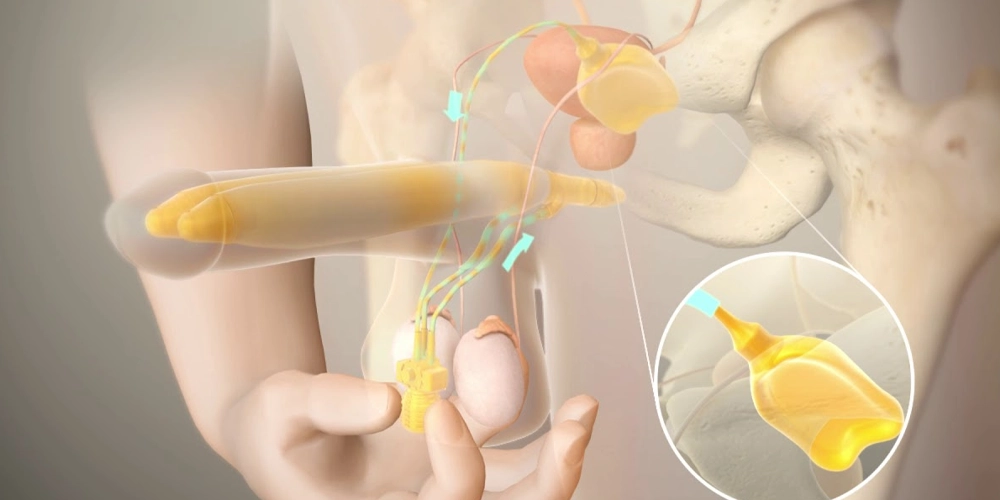

Sentinel Lymph Node Biopsy
15-30 Min
General anesthesia
Recovery begins within a few days.
GET OFFER
Overview
A sentinel lymph node biopsy is a key procedure in breast cancer treatment, performed to determine if cancer has spread to the lymph nodes in the armpit. The “sentinel” lymph node is the first one where cancer cells are likely to travel from a primary tumor. By identifying and removing only this specific node, surgeons can prevent unnecessary removal of all lymph nodes, which reduces the risk of complications like lymphedema.
Sentinel Lymph Node Biopsy at Atlas University Hospital: Precise Staging for Better Treatment
At Atlas University Hospital, we specialize in sentinel lymph node biopsy, a crucial procedure that provides vital information for breast cancer treatment. Our expert surgeons use special dyes or radioactive tracers to precisely locate and remove the sentinel lymph node. By performing a sentinel lymph node biopsy at Atlas University Hospital, we can accurately stage the cancer, plan the most effective treatment, and help reduce post-operative complications for our patients.
Why Choose Atlas University Hospital for Sentinel Lymph Node Biopsy?
Choosing Atlas University Hospital for your sentinel lymph node biopsy means you’ll receive a precise and patient-centered approach to care. Our patients trust us for our:
- Surgical Expertise: Our surgeons are highly skilled in this delicate procedure, which is often a key part of breast cancer surgery.
- Minimally Invasive Approach: By identifying only the sentinel node, we can avoid more extensive surgery, which leads to a faster recovery.
- Comprehensive Care: We provide full support, from pre-operative planning to post-operative recovery, including a quick pathology evaluation.
- Advanced Technology: We use specialized techniques to accurately locate the sentinel lymph node, ensuring the highest level of precision.
The Sentinel Lymph Node Biopsy Procedure at Atlas University Hospital
The sentinel lymph node biopsy procedure at Atlas University Hospital is a carefully planned and executed operation.
- Procedure: Sentinel Lymph Node Biopsy
- Duration: Typically 15-30 minutes, usually performed with other breast cancer surgery.
- Anesthesia: Generally performed under general anesthesia.
- Location: All procedures are performed in the specialized surgical departments of Atlas University Hospital in Istanbul.
- Recovery: Recovery begins within a few days, with our team providing dedicated support.
Your Sentinel Lymph Node Biopsy Journey: The Daily Plan at Atlas University Hospital
We provide a clear, day-by-day plan for your sentinel lymph node biopsy journey at Atlas University Hospital to ensure a supportive and structured experience.
- Day 1: Arrive in Istanbul and transfer to the hospital. You will have a pre-operative consultation and a detailed examination with your surgeon to plan the procedure.
- Day 2: Your sentinel lymph node biopsy is performed, usually along with breast cancer surgery. You will receive post-operative care and pain control. Your hospital stay will depend on the main surgery.
- Day 3: You’ll have a post-operative check-up with your surgeon. Dressings will be changed, and you will begin arm exercises. You will be discharged to your hotel.
- Days 4-5: You will rest at your hotel, continue your arm exercises, and gradually return to daily activities. You will also receive pathology results, which will be evaluated by our oncology department.
- Day 6: You will return to your home country.
Post-Operative Care from Atlas University Hospital
Following your post-operative instructions from Atlas University Hospital is vital for a smooth and successful recovery.
- Medication: Take all prescribed antibiotics and pain medications regularly.
- Exercises: Perform your arm exercises as instructed to prevent stiffness and improve movement.
- Wound Care: Keep the surgical area clean and dry, and dress it as advised.
- Activity: Avoid heavy lifting and strenuous activities until your doctor gives you the green light.
- Follow-up: Schedule a follow-up appointment with a local doctor in your home country for continued care.
Frequently Asked Questions about Sentinel Lymph Node Biopsy
Q: Is sentinel lymph node biopsy painful? A: You may experience some mild pain after the surgery, but it can be effectively managed with pain medications.
Q: How is sentinel lymph node biopsy performed? A: During the surgery, a special dye or radioactive tracer is injected near the tumor. The surgeon then locates the sentinel lymph node(s) that absorb the tracer and removes them for pathological examination.
Q: What are the risks of sentinel lymph node biopsy? A: Risks include bleeding, infection, and, rarely, lymphedema (arm swelling). Your doctor will explain these risks in detail.
Q: Who is a suitable candidate for sentinel lymph node biopsy? A: This procedure is typically performed on patients with early-stage breast cancer where there is no suspicion of extensive cancer spread to the axillary lymph nodes. Your surgeon will evaluate your specific condition to determine if this procedure is right for you.








